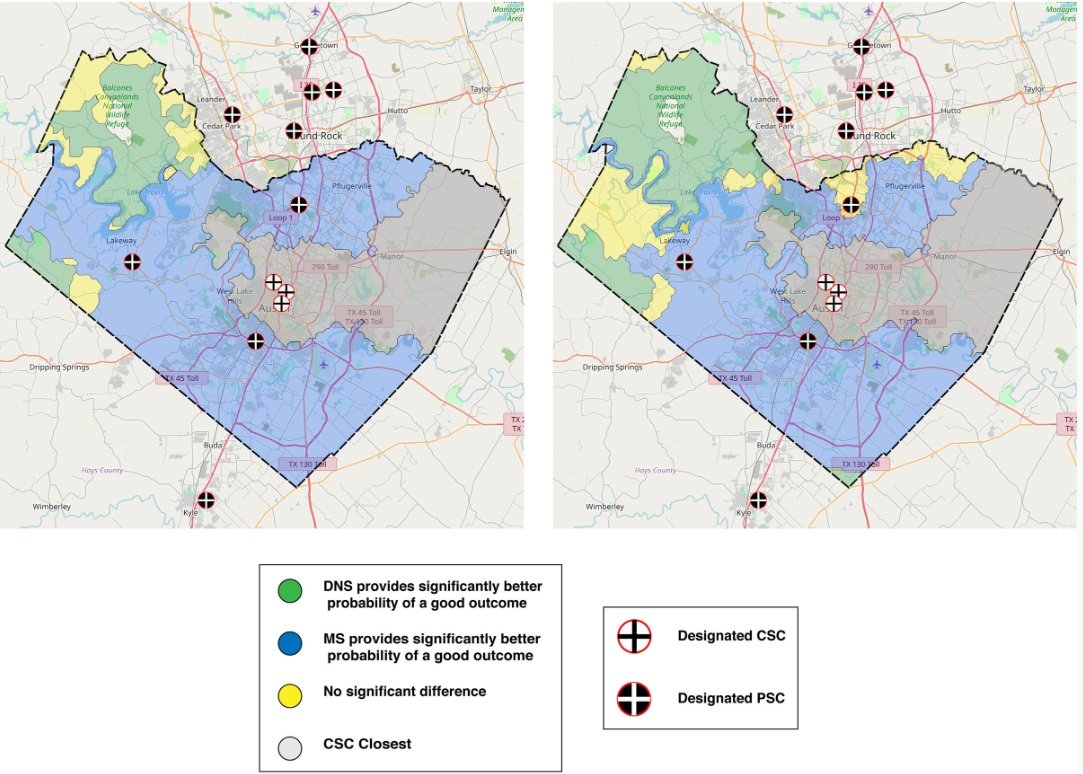Digital Health Platforms
Stroke
Dr. David Paydarfar and Dr. Joshua Chang have studied optimal transport strategy for patients suspected of having a stroke. The longer it takes for a stroke victim to be reperfused, the more brain matter is lost. In partnership with Austin EMS and the Seton hospital network in Austin, we have been examining both from a data-driven approach, as well as developing our own physiologically-driven model, the different transport strategies and their impact in Travis County. Our goal is to be able to provide insights for public health and policy officials regarding how to optimize transport strategies as well as the cost-effectiveness of various proposed improvements to the local stroke care network (including mobile stroke units and upgrading hospital certifications).
Ongoing Projects:
Emergency Alerting System with Austin-Travis County EMS
Developing Explainable Machine Learning Models for Stroke MRI data
Using Mathematical Models to Optimize Stroke Response
Key Publications:
Verma K, Kumar S, Paydarfar D. Automatic Segmentation and Quantitative Assessment of Stroke Lesions on MR Images. Diagnostics (Basel). 2022 Aug 24;12(9):2055. doi: 10.3390/diagnostics12092055. PMID: 36140457; PMCID: PMC9497525.
Rao N, Chang J, Paydarfar D. Characterizing the performance of emergency medical transport time metrics in a residentially segregated community. Am J Emerg Med. 2021 Dec;50:111-119. doi: 10.1016/j.ajem.2021.07.013. Epub 2021 Jul 9. PMID: 34340164.
Paydarfar DA, Paydarfar D, Mucha PJ, Chang J. Optimizing Emergency Stroke Transport Strategies Using Physiological Models. Stroke. 2021 Dec;52(12):4010-4020. doi: 10.1161/STROKEAHA.120.031633. Epub 2021 Aug 19. PMID: 34407639; PMCID: PMC8607917

